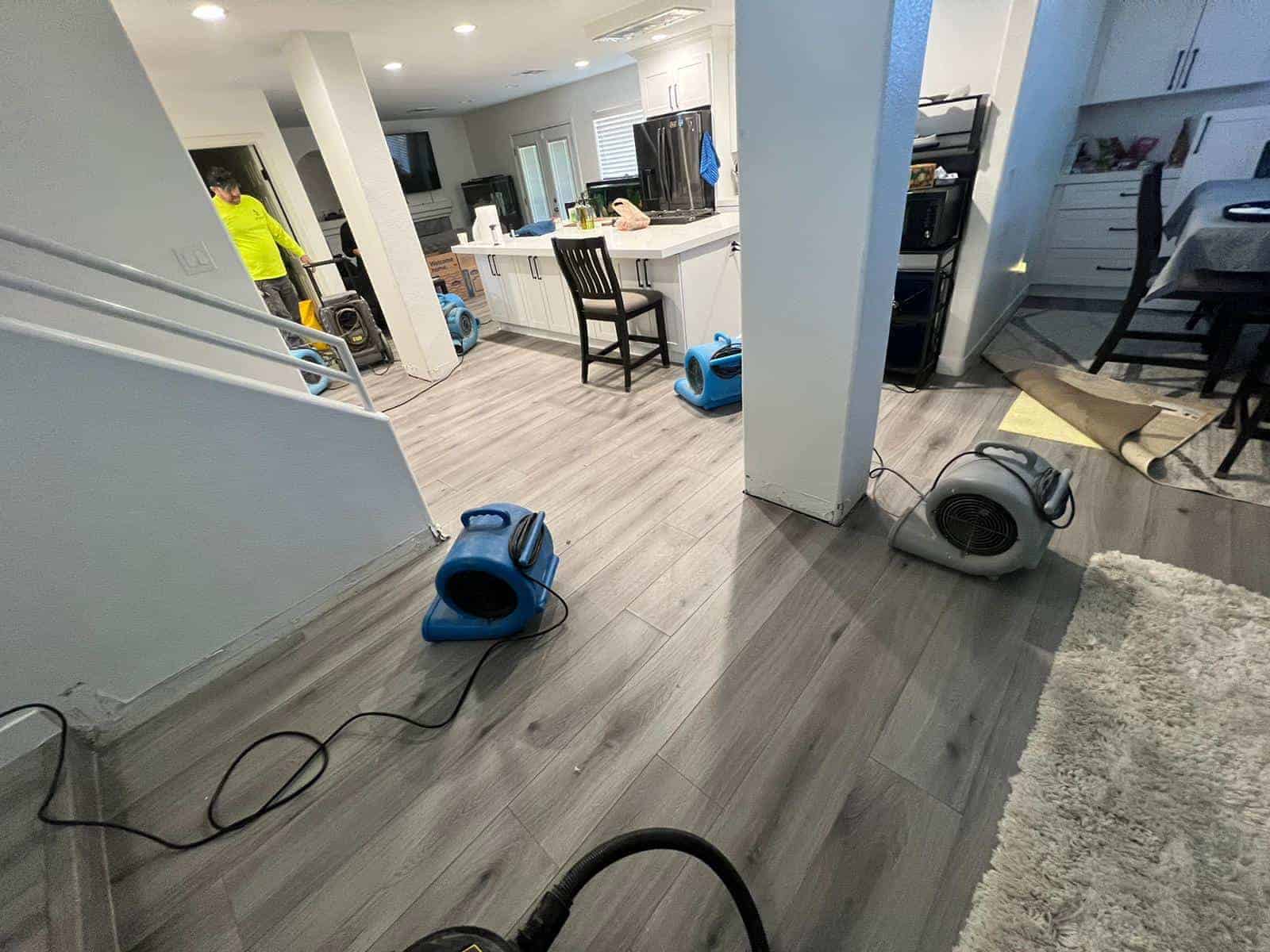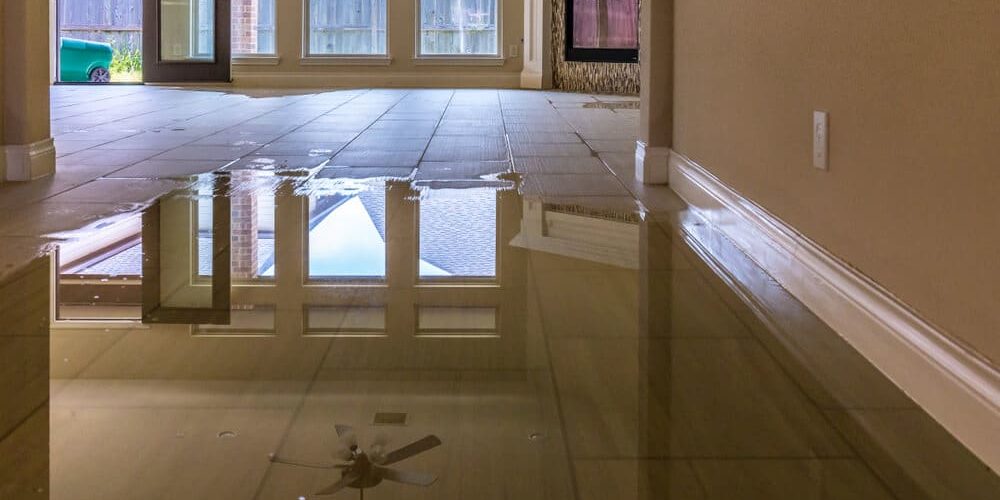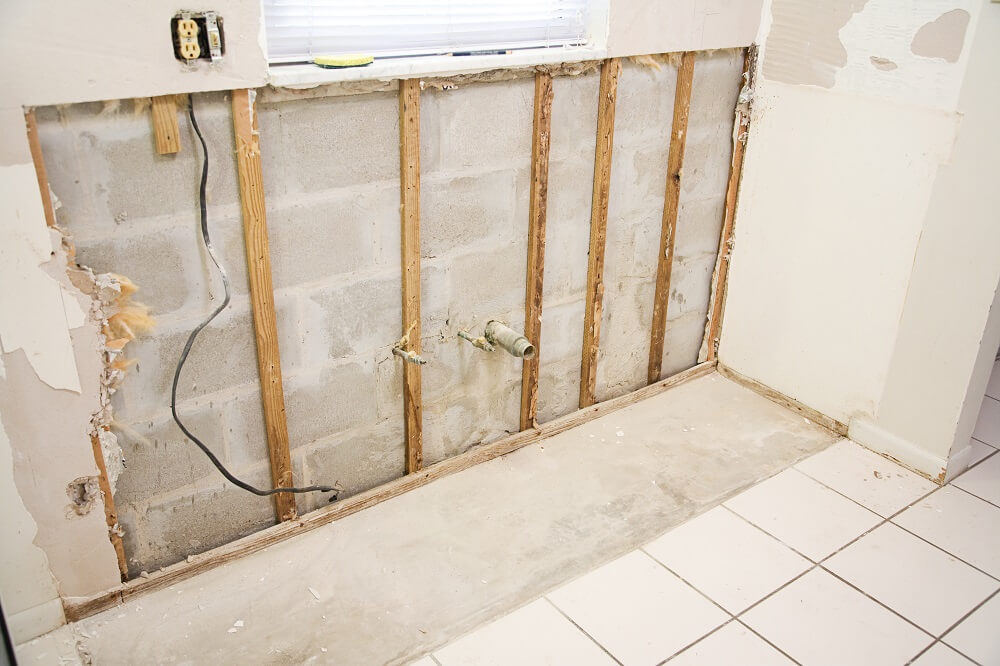The Process of Water Damages Cleanup: Guaranteeing Your Home Is Brought Back Properly
Water damage can be a difficult challenge for house owners, requiring a structured and thorough cleanup process to bring back safety and performance. Initially, a detailed evaluation is essential to recognize the degree of the damages and identify the ideal remediation steps. Following this, reliable water removal techniques play a critical function in minimizing further harm. The subtleties of drying out, sanitizing, and ultimate restoration are equally vital and usually forgotten. Recognizing these phases can make a considerable difference in the result of your home's restoration, prompting a closer consider what each step requires.
Examining the Damages
Upon discovering water damage, the initial step is to completely analyze the extent of the impact. This first examination is crucial, as it assists figure out the essential steps for effective clean-up and repair. Begin by evaluating the affected areas, consisting of wall surfaces, ceilings, floorings, and individual items, to recognize the source of the water invasion, whether from flooding, leakages, or condensation.
Recording the damage is necessary for both insurance policy cases and planning restoration efforts - damage restoration services. Usage photographs and written notes to record the extent of the damage, noting any kind of affected structural aspects and materials. Pay special interest to areas that may not be quickly noticeable, such as behind wall surfaces and under carpetings, as concealed dampness can bring about more difficulties, including mold growth
Additionally, evaluate the timeline of the water exposure. The longer the products continue to be damp, the greater the potential for damages. Comprehending the duration of direct exposure will certainly notify the necessity of removal efforts. Inevitably, a comprehensive analysis prepares for a successful water damage clean-up procedure, ensuring that all influenced areas are dealt with efficiently and thoroughly.
Water Extraction Strategies

Professionals usually use submersible pumps for larger quantities of water, which can quickly ease flooding in cellars or other impacted areas. For smaller quantities, wet/dry vacuums are often utilized to draw out recurring dampness from carpets and hard surfaces. In addition, making use of portable extractors allows for targeted removal in restricted areas or locations with fragile materials.
In instances of infected water, such as sewage or floodwater, advanced extraction methods might entail the use of biohazard equipment to make sure safety and security and compliance with health guidelines. High-powered removal tools are important in minimizing water retention in structural materials, which can cause mold and mildew development and architectural wear and tear if not attended to without delay.
Ultimately, the effectiveness of water removal strategies plays a pivotal duty in the total success of the water damages cleanup procedure, laying the foundation for succeeding repair efforts.
Drying and Dehumidification
Once standing water has been properly drawn out, the next vital phase in the water damage cleaning procedure is drying and dehumidification. This action is essential to prevent further damages and mold and mildew growth, which can occur within 24 to 2 days in wet atmospheres.
To achieve effective drying out, specific equipment such as industrial-grade air moving companies and dehumidifiers is utilized. Air moving companies distribute air across damp surface areas, enhancing dissipation rates, while dehumidifiers reduce moisture levels airborne, advertising a conducive setting for drying. The combination of these devices guarantees that dampness is extracted from wall surfaces, furnishings, and floorings, allowing them to dry completely.
It is crucial to monitor the drying out process closely. Professionals frequently use moisture meters to assess the wetness content in different products, making sure that all affected locations get to acceptable dry skin levels. This careful approach assists to stop concealed moisture pockets that can result in architectural damage or harmful mold development.

Cleansing and Sterilizing
After the drying out and dehumidification stage is complete, the next important action in water damages cleaning is cleansing and sanitizing the affected areas. This process is crucial to avoid the development of mold and mildew, microorganisms, and various other pathogens that flourish in moist settings.
The cleansing stage usually entails removing any particles, dust, and contaminants from surface areas making use of specialized cleansing agents. For difficult surfaces, a combination of soap and water or industrial cleaning products is frequently employed. Soft products, such as furniture and carpetings, might need a lot more considerable cleansing techniques, including steam cleaning or deep removal strategies, to make certain thorough sanitation.

Sanitizing complies with cleaning, using EPA-approved anti-bacterials to remove damaging microorganisms. This action is essential, specifically in areas that might disaster restoration services have entered contact with floodwaters or sewer, as these resources can posture severe health threats.
Furthermore, it is very important to address any type of remaining smells, which may require making use of odor neutralizers or innovative methods like ozone therapy. Appropriate cleansing and sterilizing not just bring back the safety and security and health of your home but additionally prepared for successful reconstruction and fixings in subsequent stages of the water damage cleaning procedure.
Restoration and Repairs

Once the assessment is complete, restoration efforts can begin. Additionally, flooring may need similar interest, depending on the degree of water exposure.
It is vital to engage seasoned repair experts throughout this procedure, as they have the competence to manage complicated repair work efficiently. They can help minimize prospective future issues, such as mold and mildew growth or architectural instability, therefore ensuring a habitable and risk-free living environment. Eventually, reliable remediation and repair services restore the home's integrity and boost its total worth.
Final Thought
In final thought, the procedure of water damage cleanup is important for recovering a home to its pre-damage problem. Each stage, from evaluating the damages to applying reliable water extraction methods, adhered to by extensive drying, sterilizing, and necessary repair work, plays an important role in guaranteeing safety and security and conformity with building requirements. Effective implementation of these steps not just alleviates instant damages however likewise boosts the long-lasting integrity and value of the building.
Water damage can be a challenging obstacle for homeowners, demanding a structured and careful cleaning procedure to restore security and capability. Eventually, a thorough evaluation lays the foundation for an effective water damages cleanup process, making certain that all impacted locations are addressed properly and thoroughly.
Efficient water extraction strategies are necessary in reducing damages and avoiding further issues adhering to a water intrusion event.In useful site final thought, the dig this process of water damage cleaning is crucial for recovering a home to its pre-damage problem. Each stage, from analyzing the damage to applying efficient water removal strategies, adhered to by thorough drying out, sterilizing, and required fixings, plays an essential role in guaranteeing safety and conformity with building criteria.